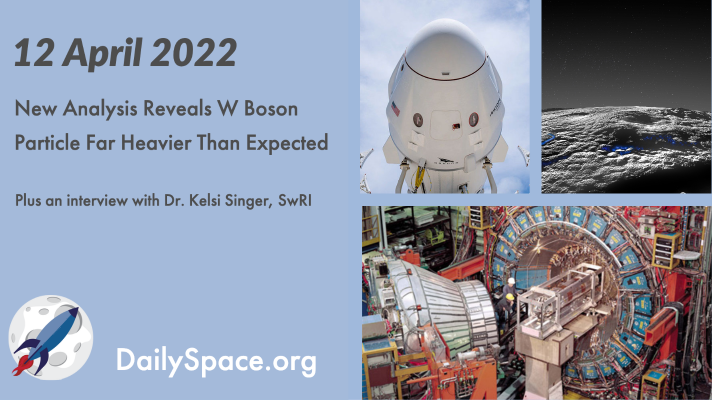
Apr 13, 2022 | Cosmology, Crewed Space, Daily Space, Earth, Galaxies, Guest Interview, JWST, Physics, Pluto & Charon, Rockets, SpaceX
Despite being shut down a decade ago, the Collider Detector at Fermilab provided enormous amounts of data, some of which have recently been re-analyzed, leading to the discovery that the W boson is actually more massive than calculations and predictions expected. Plus, another JWST update, the newest most distant galaxy, gravitational waves, and an interview with Dr. Kelsi Singer about cryovolcanoes on Pluto.
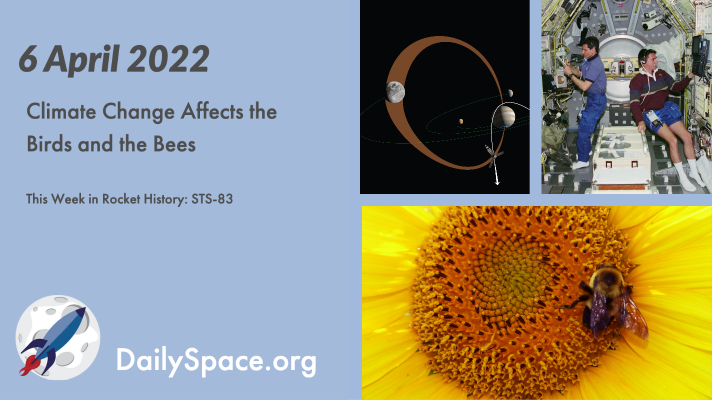
Apr 7, 2022 | Climate Change, Crewed Space, Daily Space, Earth, Jupiter, Moon, Random Space Fact, Science, Space History
From plastics invading the Arctic Ocean to the changing morphology of birds in response to rising temperatures and the problems with pathogens killing off pollinators like bees, we examine some of the effects of climate change on Earth’s ecosystems. Plus, Ganymede, moonlight, solar cells, and this week in rocket history, we look back at STS-83.
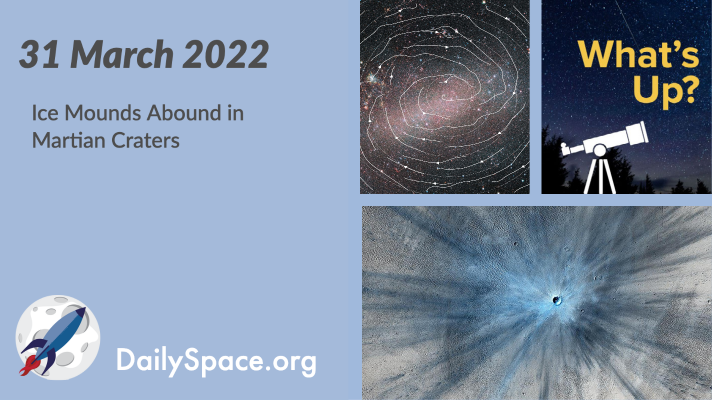
Apr 1, 2022 | Astrobiology, Daily Space, Earth, Galaxies, Jupiter, Mars, Sky Watching, Stars
An analysis of the thickness and the shapes of the ice mounds in Martian craters found that the patterns matched Mars’ axial tilt and precession over the last 4 to 5 million years. Plus, Europa, faint galaxies, What’s Up, and a review of an entire camera.

Mar 31, 2022 | Blue Origin, Climate Change, Crewed Space, Daily Space, Earth, Pluto & Charon, Rockets, Space China, Space History, Spacecraft, Stars
Researchers pouring through high-resolution Hubble images of galaxy clusters have found the gravitationally magnified light of a star that was shining just four billion years after the Big Bang, making this bright star the new record holder for the farthest ever spotted. Plus, some launches, ice volcanoes on Pluto, melting Arctic ice, and this week in rocket history, we look back at INSAT.
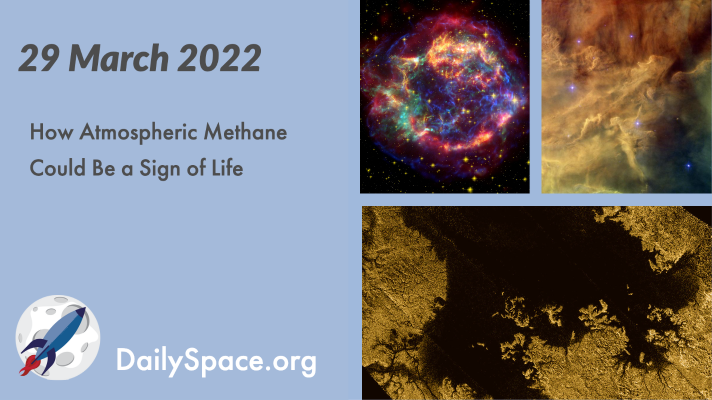
Mar 30, 2022 | Astrobiology, Cosmology, Daily Space, Earth, Galaxies, Mars, Planetary Nebulae, Rockets, Space China, Supernovae Remnants, Titan
Join us as we take a deep dive into the history of atmospheric methane on Mars and Titan, how that methane could be a sign of life, and what methane means for future missions and science. Plus, a planetary nebula, a supernova, ancient helium, and a couple of rockets.
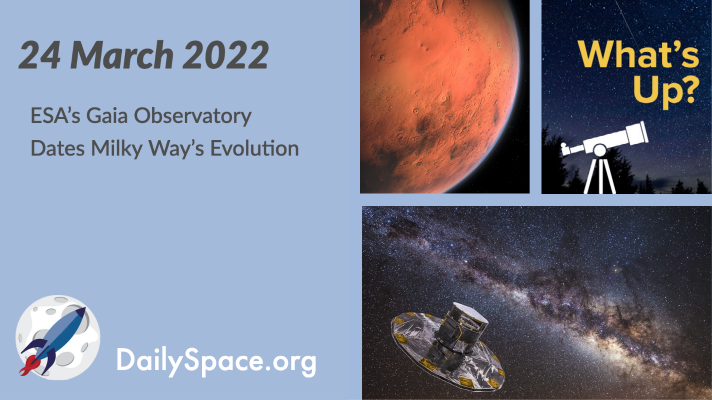
Mar 25, 2022 | Citizen Science, Climate Change, Daily Space, Earth, ESA, Exoplanets, Galaxies, Mars, Milky Way, Perseverance, Sky Watching, Spacecraft
Stellar formation and evolution data collected from ESA’s Gaia telescope has allowed scientists to create a timeline of the evolution of our own galaxy, the Milky Way. Plus, an ancient ice age, sound on Mars, a new exoplanet, and What’s Up.








 We record most shows live, on Twitch. Follow us today to get alerts when we go live.
We record most shows live, on Twitch. Follow us today to get alerts when we go live.